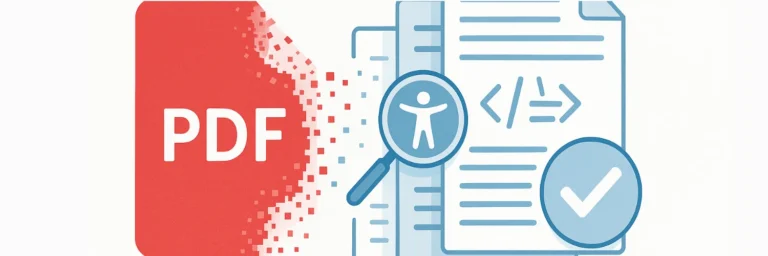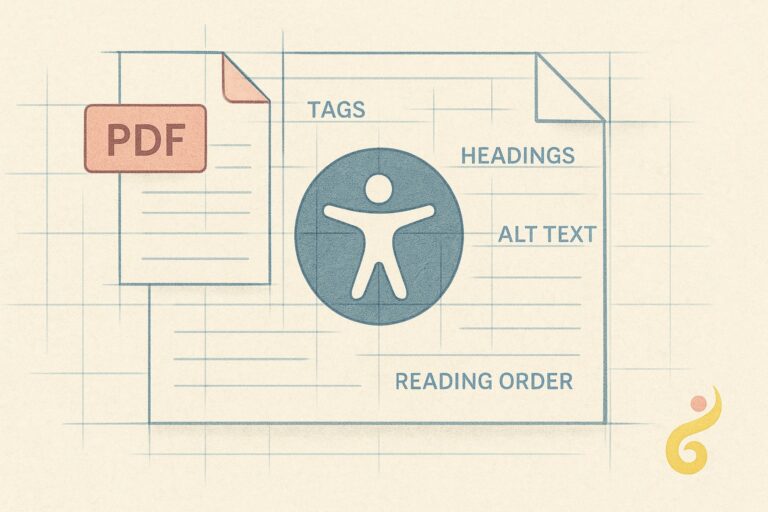Let us consider the world of famous hammers. I bet you didn’t think your day was going to consider that, now did you?
Mjölnir – Thor’s hammer from Norse mythology (and Marvel movies); returns when thrown. Stormbreaker (basically Mjölnir v2). We have the gavel, symbolizing justice; and we have the hammer and sickle (the hammer symblizing industry in the proletarian synergy of industrial worker and agricultural worker). We have Warhammer (the game) and M.C. Hammer (Stop! Hammertime!). Hmmm. That’s pretty much all I got.
Anyhow. I’m learning about lapidary (gemstone) and silversmith art. A big part of silver is beating the snot out of the silver, forcing it into various unnatural configurations. Wanna watch something oddly amazing – youtube someone “raising” a teapot from a sheet of silver.
There’s a lot of little amazing tools in AI as well. And, just for fun, I’m going to write a series of articles talking about the specialized tools (hammers, tweezers, pliers, etc) and reaching for some equivalent tool inside of AI. Will this work? Dunno.
Let’s find out.
Planishing
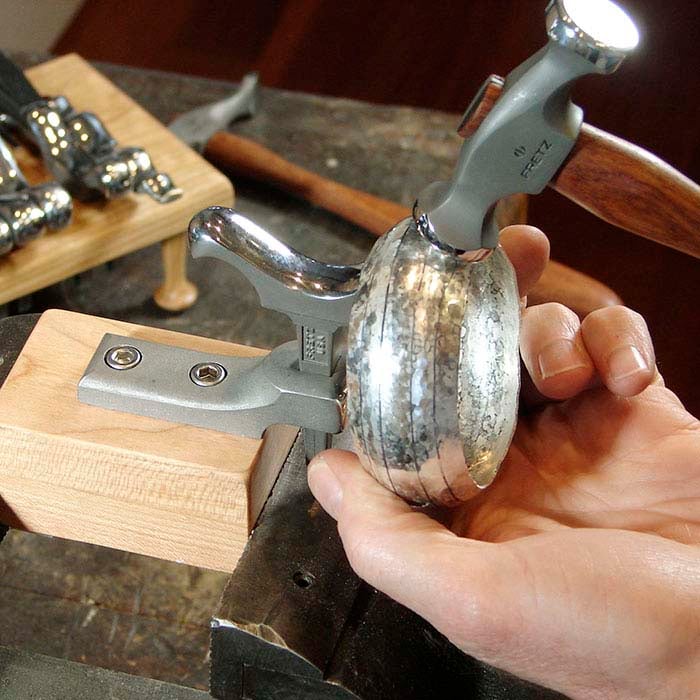
Image via riogrande.com
The planishing hammer is all about smoothing. Its flat faces and lightweight build allow you to refine the surface of already-shaped metal. It doesn’t stretch or bend — just gently polishes out dings and ripples. Jewelers use it in conjunction with a steel stake for beautiful, clean curves.
AI Analogy: Like fine-tuning a language model — you’re not retraining from scratch, just gently polishing a pre-trained model’s behavior on a specific task.
Learn more about this AI concept →
Raising

Image via contenti.com
The raising hammer has slightly domed faces and is used to shape a flat sheet of metal into a volumetric form — like a bowl — by systematically hammering it down over a stake. Each round of hammering ‘raises’ the metal upward.
AI Analogy: This is like training a base model. You’re shaping a raw material (data) into a functional form. Lots of steps, but powerful results.
Learn more about this AI concept →
Embossing
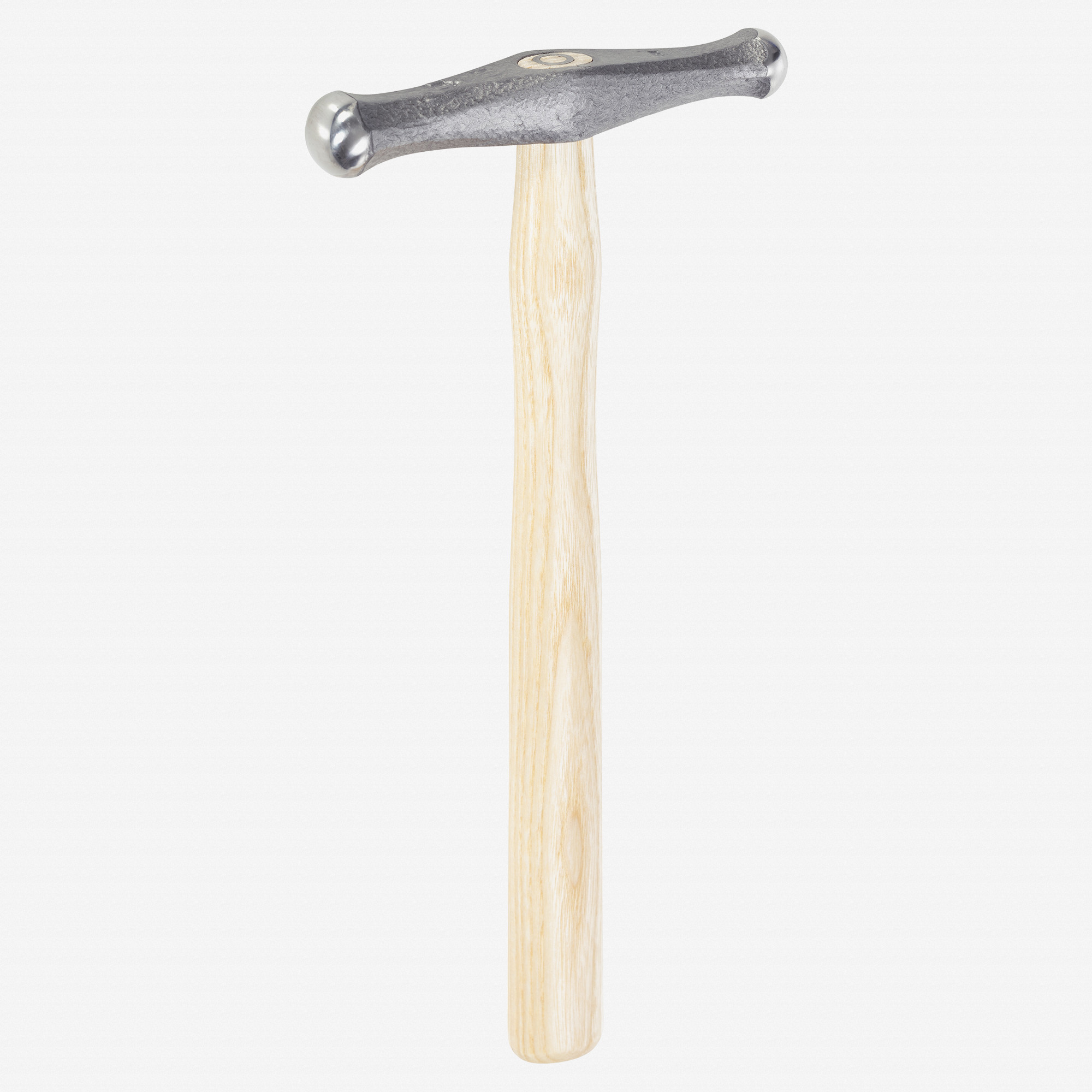
Image via riogrande.com
Unlike planishing, embossing hammers are about stretching from the front. With big rounded faces, they let you punch up domes and shapes. You’re not displacing material to the sides — you’re ballooning it out.
AI Analogy: Embeddings! Just like an embossed surface carries more info in its shape, word embeddings encode layers of semantic meaning beneath the surface.
Learn more about this AI concept →
Chasing

Image via jetsinc.com
The chasing hammer has a large flat face and a rounded peen. It’s used with chasing tools and punches to create surface designs. The large face helps control where you hit while letting you keep the other hand on the punch.
AI Analogy: This is prompt engineering. You’re not doing the action yourself — you’re shaping a request to another tool, and precision matters.
Learn more about this AI concept →
Texturing
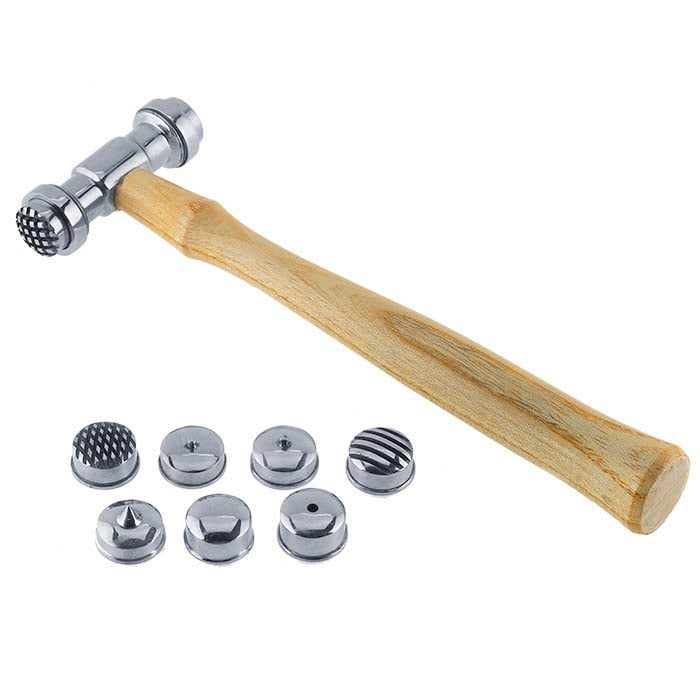
Image via riogrande.com
These hammers come with interchangeable heads that let you add patterns to metal surfaces. Dots, lines, bark, crosshatch — swap out the head and go wild.
AI Analogy: Like data augmentation — by adding variation during training, you improve generalization later. Texturing builds visual interest the same way.
Learn more about this AI concept →
Rawhide
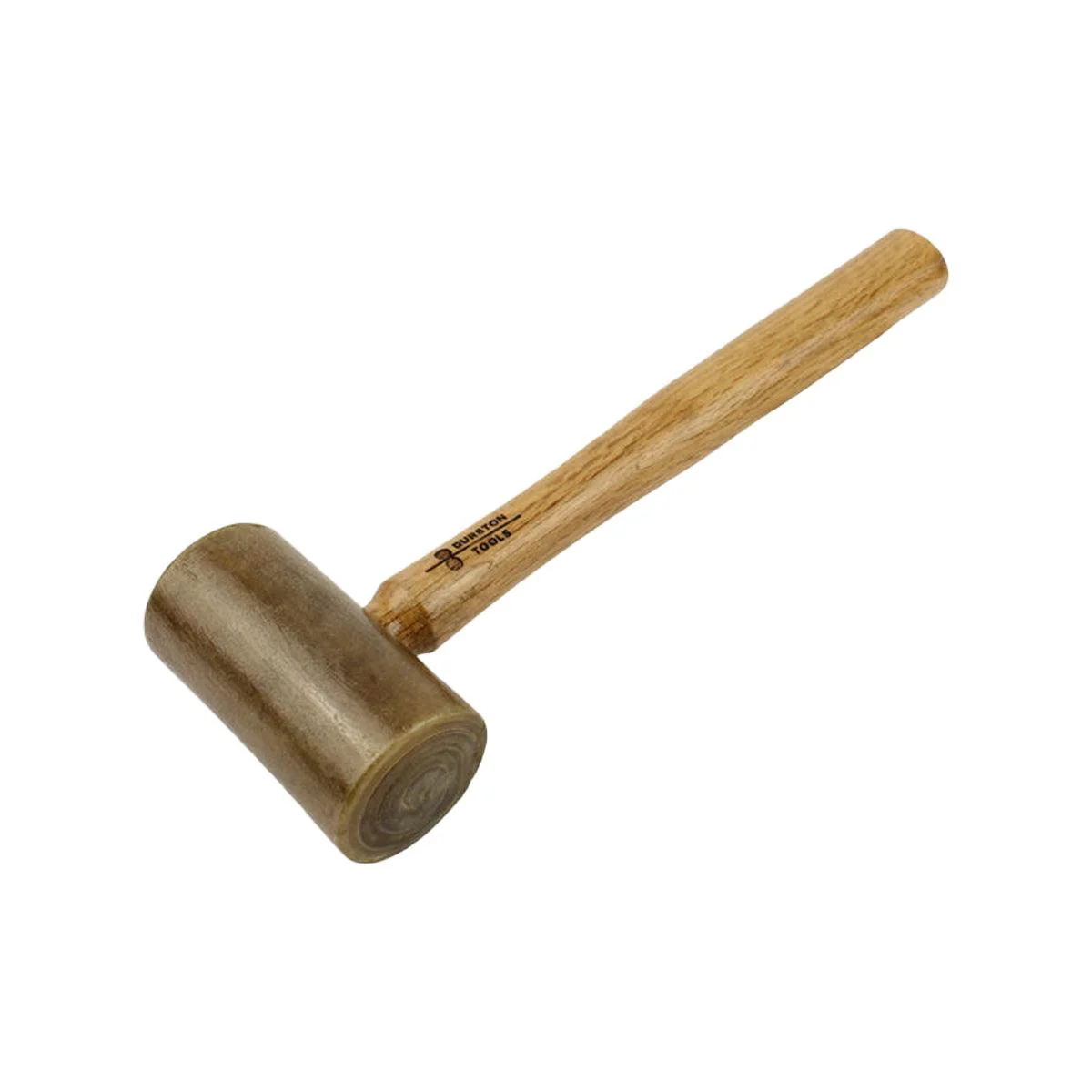
Image via ottofrei.com
Rawhide or nylon mallets are all about restraint. When you want to hit metal but not leave a mark — to coax rather than punish — this is your hammer.
AI Analogy: This is like regularization in machine learning. You’re applying force, but trying not to overfit or damage your underlying structure.
Learn more about this AI concept →
Ball-peen
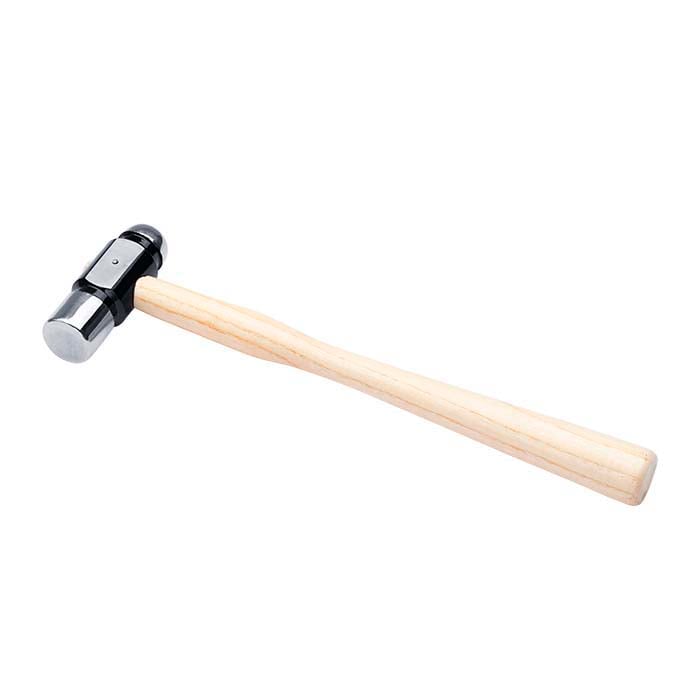
Image via riogrande.com
The ball-peen hammer is a basic workhorse with a flat face and a rounded peen. It’s used for peening rivets and general striking tasks. In every toolbox.
AI Analogy: The shell script of the hammer world. Always around. Sometimes messy, but does the job.
Learn more about this AI concept →
Creasing
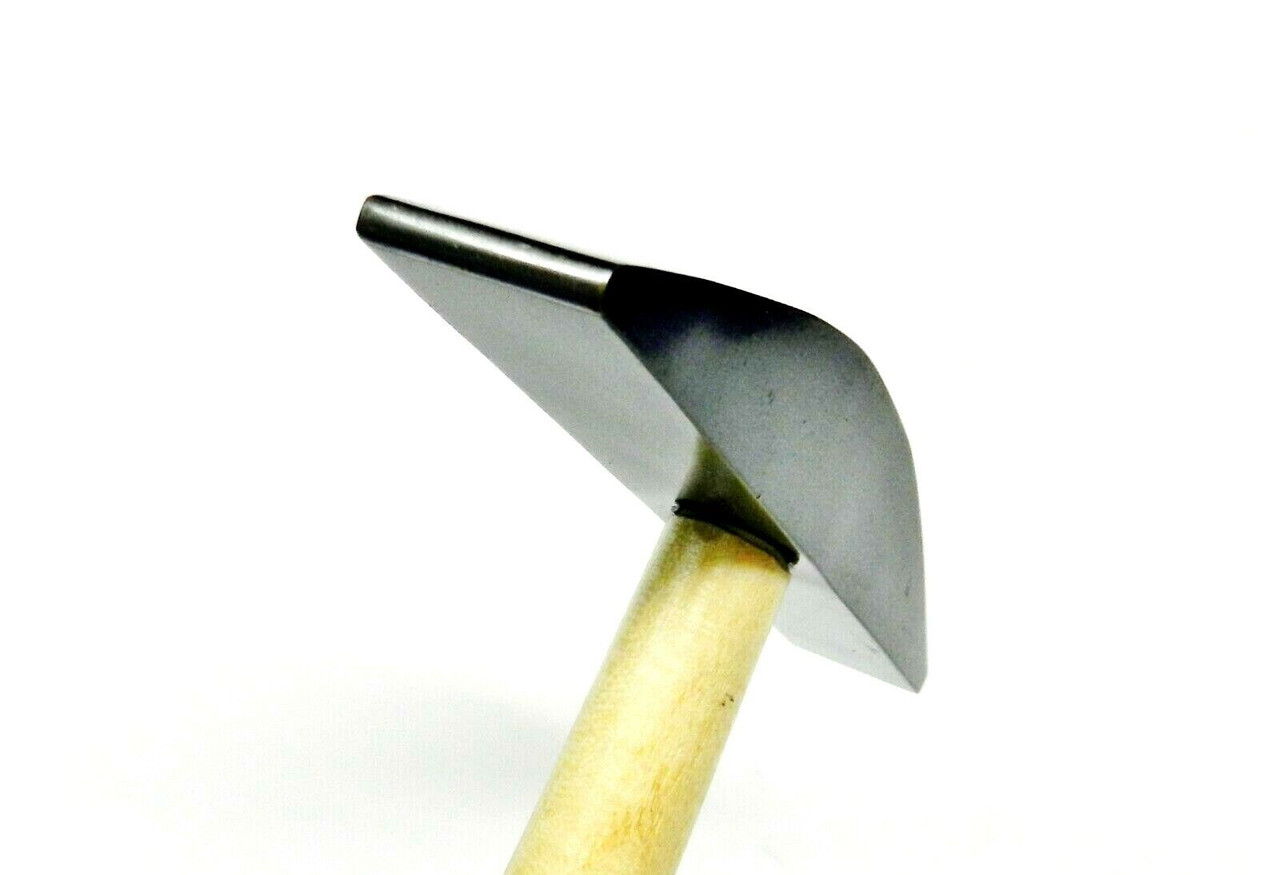
Image via ottofrei.com
Used to add sharp lines and creases in jewelry or raise edges. Great for definition work. Not a beginner’s tool, but super useful for detail.
AI Analogy: Edge-case handling in AI. Sometimes you need tools that work where others fail — at the margins, in tricky transitions.
Learn more about this AI concept →
Dead-blow
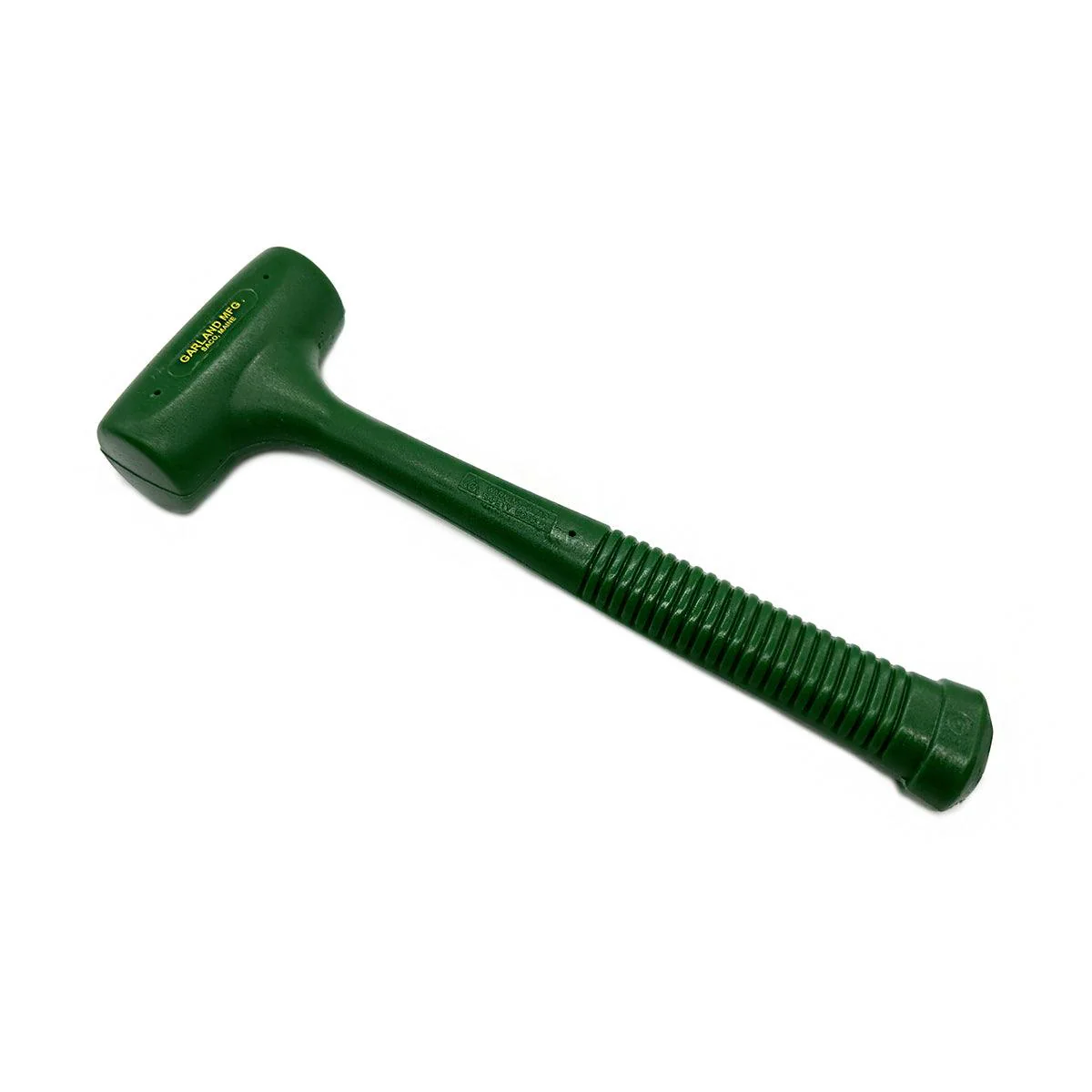
Image via ottofrei.com
Dead-blow hammers are filled with sand or shot to prevent bounce. They apply force cleanly, without vibration, and are great for precise work.
AI Analogy: This is like gradient clipping — you want progress without wild oscillations. Hit hard, stay stable.
Learn more about this AI concept →
Brass
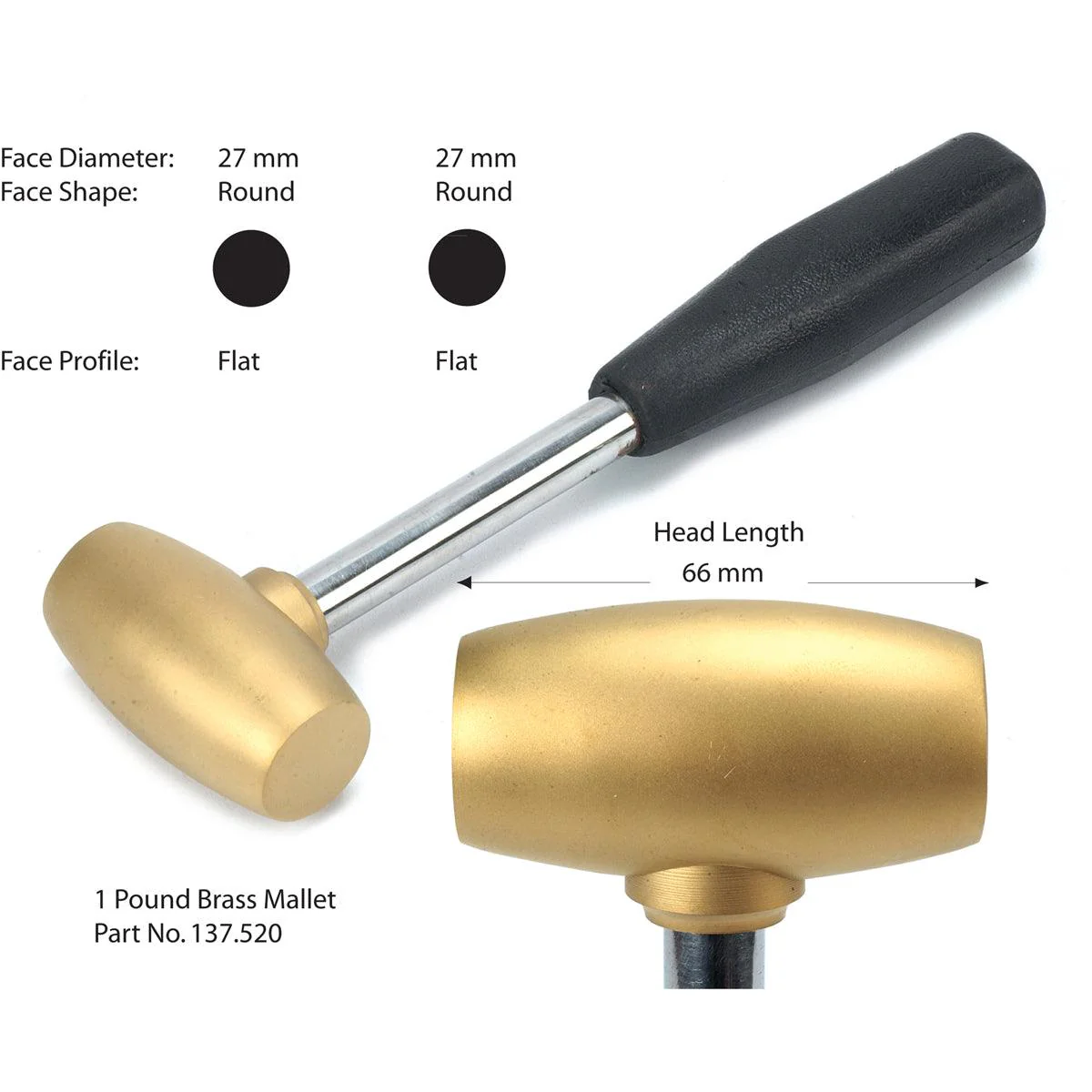
Image via ottofrei.com
Brass hammers are soft but heavy. They deform before damaging what they strike. Ideal for working around steel or other hard surfaces safely.
AI Analogy: A brass hammer is like a fallback model — it may not be fancy, but it’s reliable, spark-free, and won’t break your flow.
Learn more about this AI concept →
Outro
Every one of these hammers serves a purpose. You don’t use a ball peen to emboss, and you don’t use dropout to build embeddings. Whether you’re shaping silver or training models, choosing the right tool is everything.
I’ve avoided saying it until now, but, it must be said. “When all you have is a hammer…Everything looks like a nail.” I know this is a little bit of a reach here, but, hey, this entire article is a reach. AI is one of those hammers. GenAI doubly so. Don’t use AI unless it’s the right tool. Just because you have that hammer doesn’t mean that all your problems are nails. Or, alternately, just because you have that hammer doesn’t mean that you have any nails to drive. You might have screws. Or buttons. Or cats.
Coming soon: “10 Weird Pliers and What They Teach Us About AI Pipelines.” Stay weird.


